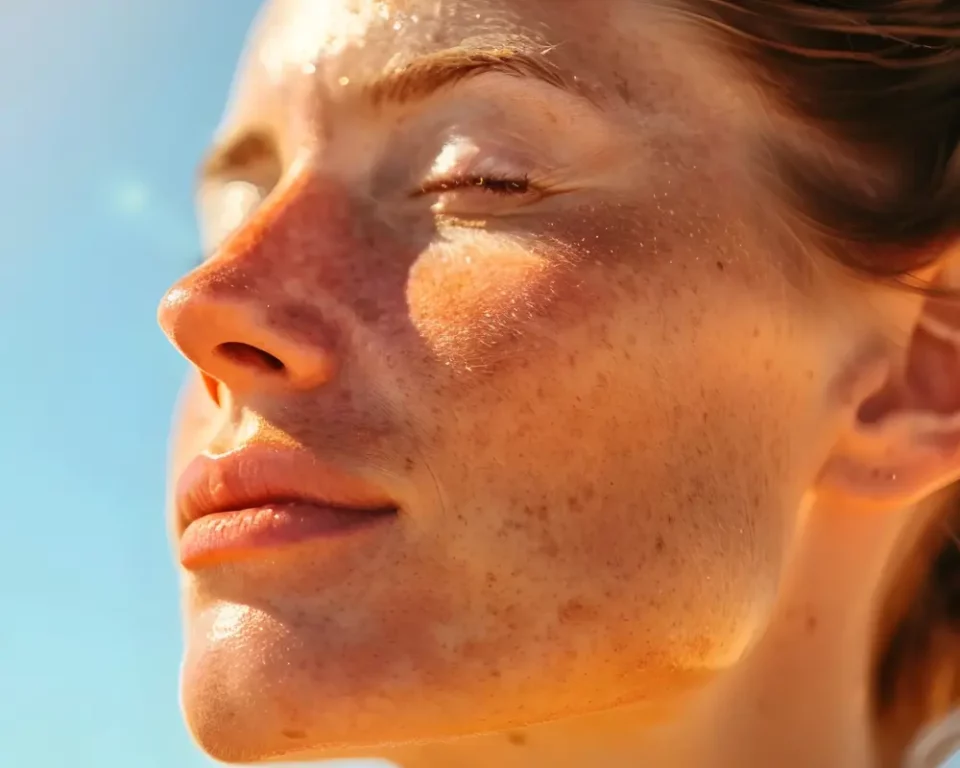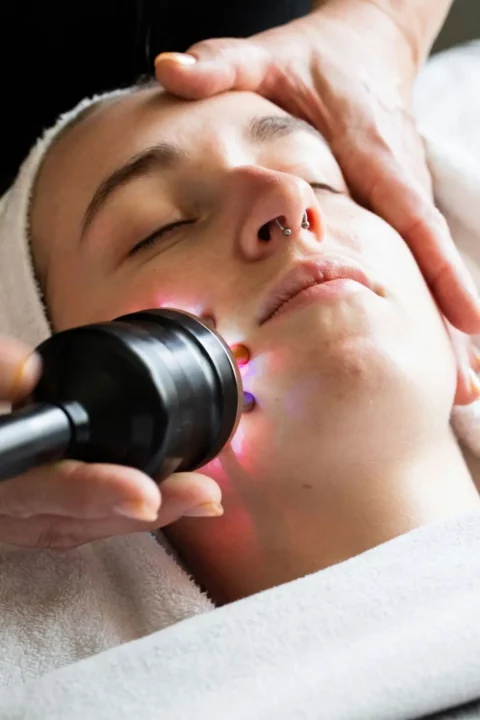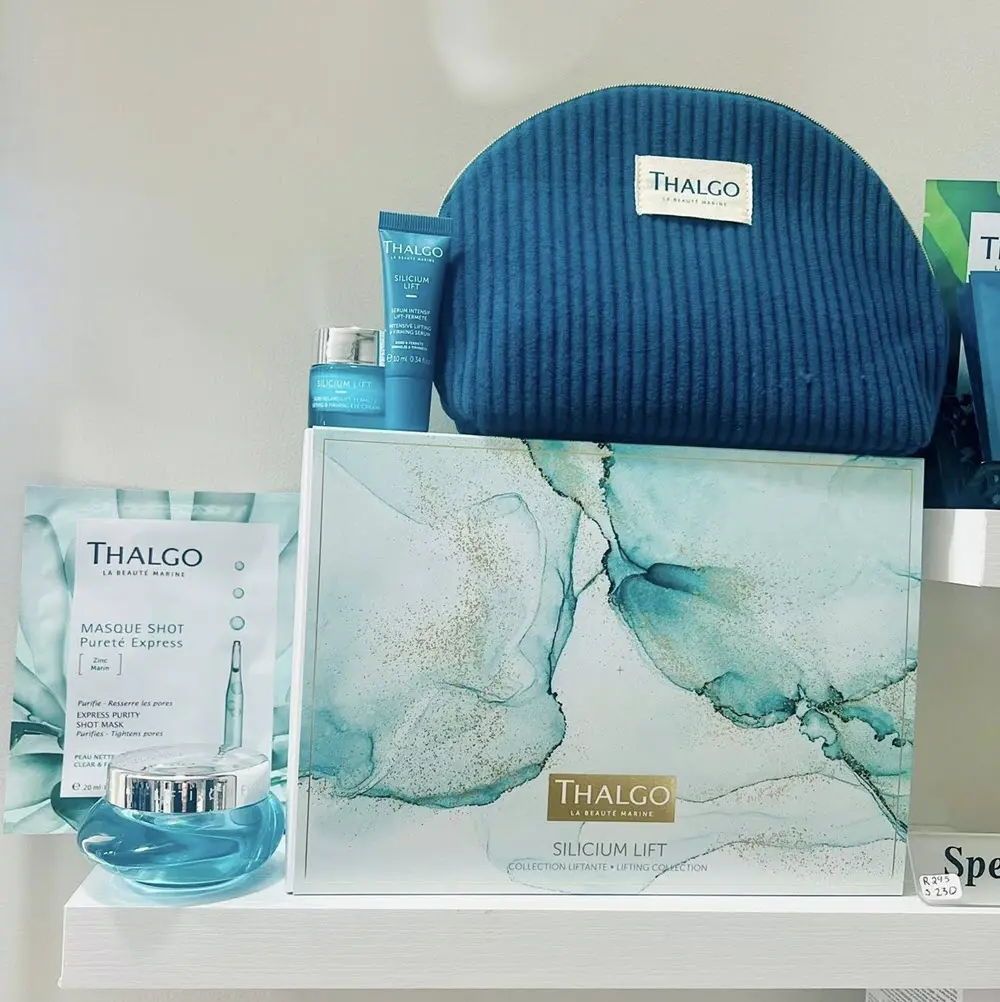Understanding the Lasting Impact of Sun-Damaged Skin
Sun damage isn’t just a sunburn that fades in a week. It’s the slow, cumulative change that builds with every skipped SPF, afternoon on the patio, or time you let your lips chap in dry sun.
The result?
Collagen breaks down. Pigment collects. Skin loses its bounce. Research confirms that photoaging is the gradual alteration of biological molecules essential for elasticity and strength [Source].
You may not see it right away – but years later it shows up most clearly on the face, lips, and arms.
How Is Sun Damage Different from Sunburn?
Sunburn is the short-term alarm bell. It’s red, painful, and temporary. Sun damage, also called photoaging, happens deeper. Collagen frays, elasticity weakens, and spots surface. Those changes can be softened, but they don’t disappear on their own.
- Sunburn = visible, short-term injury
- Sun damage = long-term change from UV exposure
- Both force your skin’s repair systems to work overtime
“Longer wavelength UVA penetrates deeply into the dermis” , causing changes that last far beyond the initial burn. [Source]
This is why prevention and early sun damaged skin care matter. Burn heals quickly; damage lingers quietly until it surfaces years later.
What Are the Signs of Sun-Damaged Skin?
The first signs can be subtle – rougher texture, makeup sitting unevenly, freckles that linger past summer. Over time, they deepen into fine lines, sagging, enlarged pores, and thinning lips. Dermatologists call this solar elastosis, which is “abnormal elastic tissue accumulation due to chronic sun damage” [Source].
- Uneven pigmentation or persistent sun spots
- Collagen loss leading to wrinkles and sagging
- Dry, leathery texture that scatters light instead of reflecting it
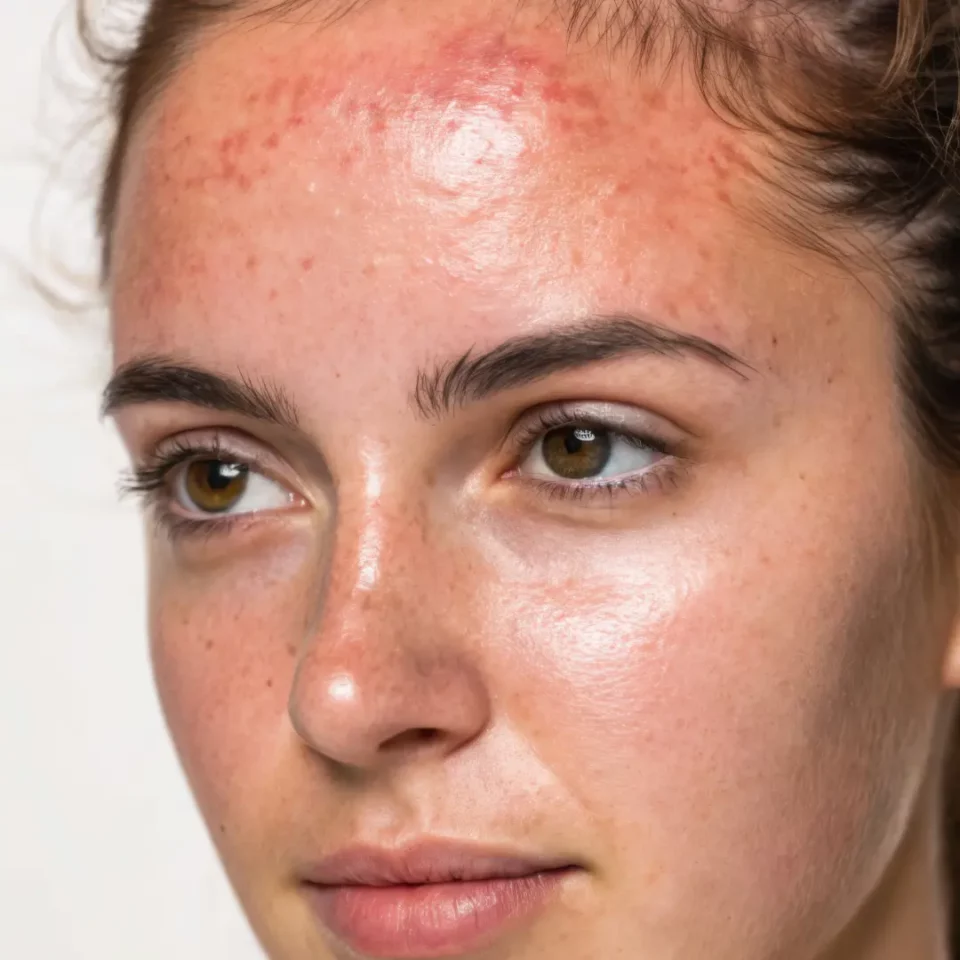
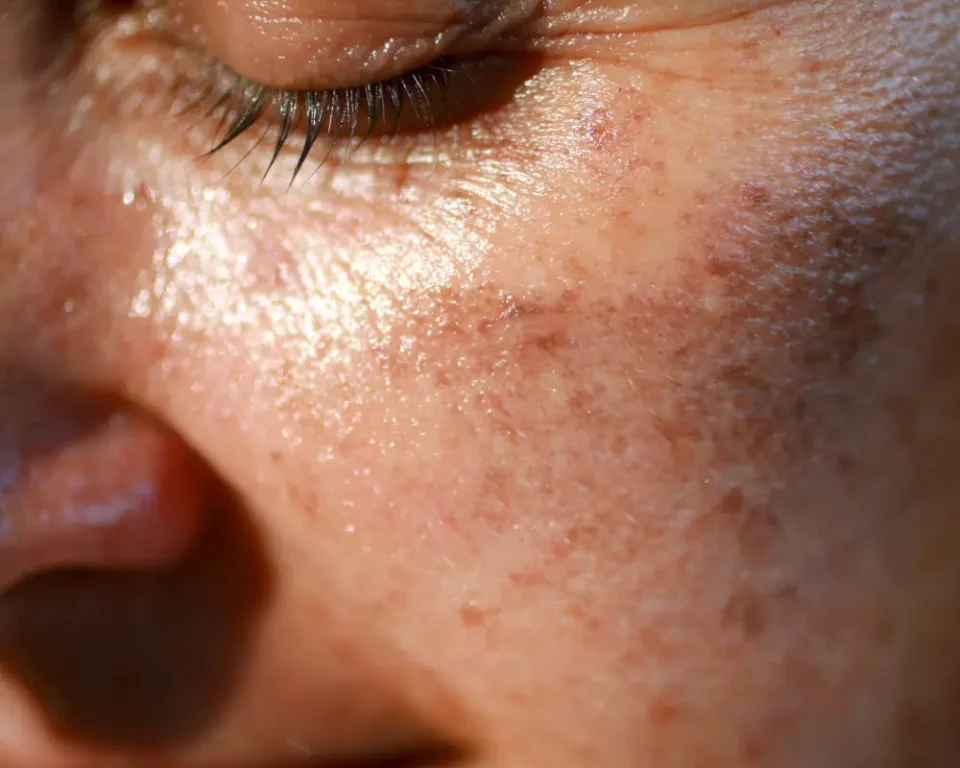
If you’ve ever looked in the mirror and thought your skin looked “tired” no matter how much you slept, there’s a good chance photoaging is part of the reason.
Can Sun Damage Lead to Cancer?
Yes. The same UV rays that create wrinkles and brown spots also cause DNA mutations in skin cells. UV radiation is described as a “complete carcinogen”, which means it damages and promotes uncontrolled cell growth. [Source]
This is why dermatologists pay close attention to high-exposure areas – the face, lips, and arms. Cosmetic changes matter, but what happens at the cellular level is even more important.
Protecting your skin today lowers both aesthetic and medical risks linked to sun damaged skin cancer.
Where Sun Damage Shows Up Most
Not all skin takes the hit in the same way.
On the face, UV shows up as fine lines, wrinkles, and a dull tone. Lips, with no oil glands and a thinner barrier, chap easily and lose volume faster.
The arms, constantly exposed outdoors, collect freckles, sun spots, and that leathery feel that sneaks up over time.
| Area | Common Signs | Why It’s Vulnerable |
|---|---|---|
| On Face | Wrinkles, fine lines, uneven tone, volume loss | Always exposed, thinner skin, frequent expression movement |
| Lips | Dryness, cracks, loss of fullness, pigmentation | No oil glands, thin barrier, constant sun exposure |
| On Arms | Freckles, sun spots, leathery texture | Daily exposure, less sunscreen use |
Recent research shows skin types I-III have a natural SPF of only 3.3 – making these areas especially vulnerable.
How Do You Care for Sun-Damaged Skin?
No single sun damaged skin cream can erase years of exposure – but the right care makes a difference.
Professional treatments like chemical peels, microneedling, or LED light therapy stimulate new collagen and even out tone. At home, consistent use of antioxidants, retinoids, and broad-spectrum SPF sets the foundation.
Pairing daily routines with targeted therapies creates the best conditions for your skin to repair, defend, and keep future damage in check.
The AAD notes that “there is no safe limit of sun exposure for vitamin D that doesn’t increase cancer risk”. That’s why daily prevention and restorative care matter.
Key Takeaways
- Sun damage is cumulative, not the same as a sunburn.
- Early signs include roughness, spots, and dull tone.
- It shows up most often on the face, lips, and arms.
- Long-term risks include skin cancer, not just cosmetic change.
- The best results come from a blend of professional treatments and consistent daily care.
